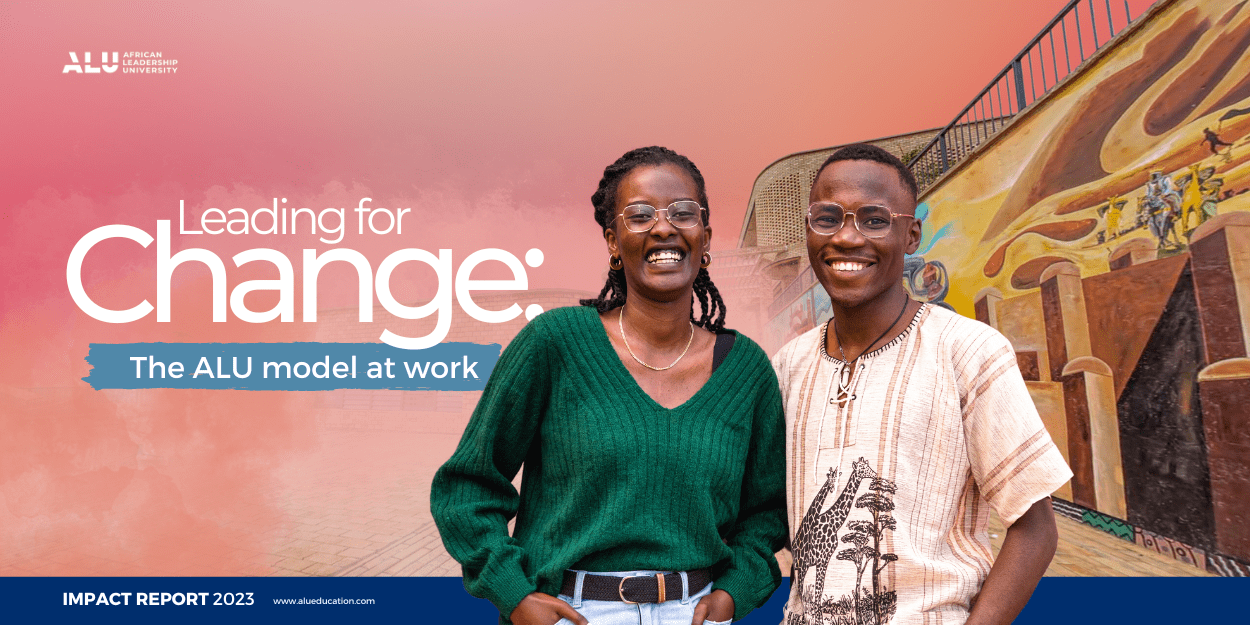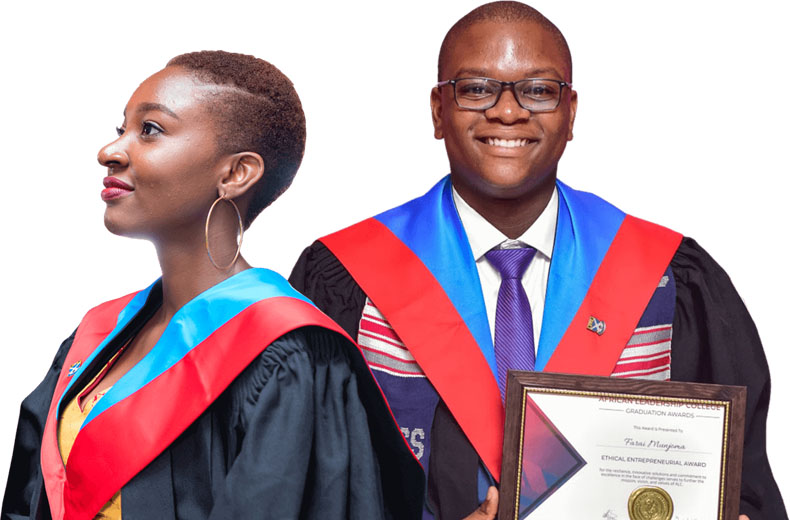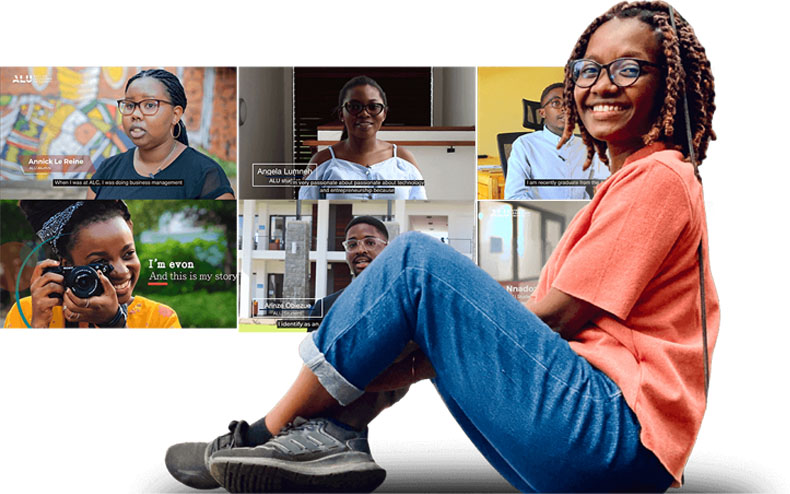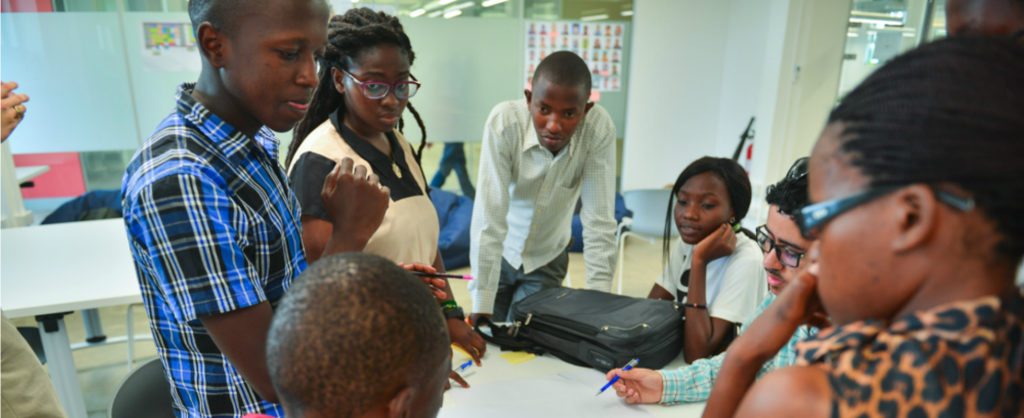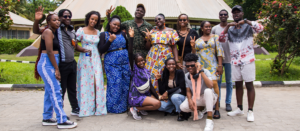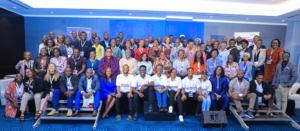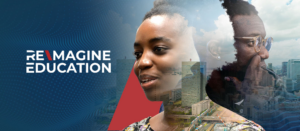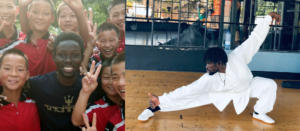In a recent New York Times op-ed, Annie Murphy Paul, author of “Brilliant: The Science of How We Get Smarter,” posed the provocative question: “Are College Lectures Unfair?” Although the proposition may seem silly at first glance – how would a lecture, historically the primary method of education, be “unfair,” it highlights data that shows how significant and pernicious achievement gaps exist in lecture course outcomes across many academic disciplines. Perhaps the lecture itself, the article posits, is unfair to underrepresented groups.
Paul examines a variety of studies that have compared passive lecture courses to active learning methods, such as the “flipped” classroom. One such study came from my alma mater, The University of North Carolina at Chapel Hill, where Kelly Hogan, a friend and colleague completely closed the achievement gap for first generation college students in her biology course by instituting active learning. The evidence is clear: first-generation and underrepresented minority college students perform disproportionately better in high-structure, active learning courses than they do in lecture courses.
What causes the inequity in lecture course outcomes, and why do active learning courses largely mitigate it?
Paul argues that the lecture itself is a “specific cultural form that favors some people while discriminating against others.” While she articulates some insightful and subtle ways lectures may indeed privilege certain identities over others, I would like to suggest a different perspective. I argue that the discrepancy in outcomes is not because of what happens during the lecture, but instead, what happens outside of the lecture hall. And perhaps counter-intuitively, I believe that we mitigate the effect of outside of the classroom inequities by changing what we do inside the classroom.
In other words: it’s not that the lecture is unfair. It’s that the world is unfair, and the lecture does nothing to mitigate its unfairness. But active learning is able to mitigate some of the world’s unfairness. Let’s examine how this works.
In a traditional class, students generally experience the same thing as each other inside the classroom: they hear the same lecture, have the same opportunities to ask questions, and receive the same directions from the instructor. We might interpret this to mean that all lecture course students have the same learning experiences overall, but we would be incorrect to do so.
Extensive bodies of research show that lectures are generally ineffective learning experiences. A study by Harvard’s Eric Mazur shows that brain activity of a student listening to a lecture is equivalent to his brain activity while watching TV, and less than his brain activity while sleeping (Mazur, 2012). In a lecture course, students are not really learning the material inside the classroom. Instead, students are left to learn material outside the classroom, if they learn it at all.
In contrast to the shared experiences within the classroom, students’ experiences outside the classroom are very different from each other. Here is where much of the “unfairness” of the lecture format enters in. Students’ lived experiences are widely varied: some have well educated families while others are the first in their family to attend college; some are wealthy while others are poor; some have supportive groups of academically motivated friends with whom to study while others do not. These external, personal factors can affect student learning in very significant ways in lecture course models, where the majority of learning happens outside of the classroom during unstructured or undirected time.
Let’s consider a simple example: imagine a first generation college student takes a calculus course alongside a student whose mother has a Mathematics PhD. Both students are smart and hard working. In the lecture course, both students listen to a long lecture, scribble down some notes, and then go off on their own to do homework. Midway through the assignment, while working individually, both students get confused on a tricky topic and cannot figure it out on their own. The continuing generation student picks up the phone, calls her PhD mother, gets a very clear explanation of the concept, and continues with the assignment. In contrast, the first generation student does not have anyone in her family to call for help when she gets stuck, and so after struggling to solve the problem on her own, she gives up on the remainder of the assignment.
Similar sorts of inequities are seen in everything from one’s access to resources like tutors and peer networks, to the differences in study skills acquired at a great prep school versus a bad high school. Lecture courses rely on learning to happen outside of the classroom, but outside of the classroom is not a level playing field.
So how does Active Learning mitigate these inequities?
Active learning puts the majority of the learning back inside the classroom. In the instance of our two example students, the active classroom would provide structured practice opportunities where both students could work problems, realize they need help, and then get assistance from their instructor or peers in the moment of their confusion. In addition, these models generally provide structure and resources to make out of class learning more effective, like mini-lecture videos that can be watched and re-watched if need be, or structured active reading questions that enhance a student’s understanding of an assigned text. So pedagogically sound in-class instruction and accessible, structured out-of-class learning combine to lessen the impacts of external factors on student performance. Active learning thus makes the playing field much more level, and generally more fertile for all students’ learning.
At ALU, rather than subjecting students to long, disengaging lectures and sending them off on their own to do homework, we use proven techniques to create meaningful, enduring, and impactful learning experiences. We call the overall framework the “ALU Learning Model” – an evidence-based and research-grounded learning process that weaves together a variety of high-structure, active learning practices.
To give a few examples: we use the flipped classroom approach in facilitated class sessions and strategically schedule office hours to occur when students need extra help so that we can provide all students with the help they need right when they need it. We embed peer-to-peer learning as a structured component of our learning model, and therein mitigate discrepancies caused by unequal social network effects while reinforcing all students’ learning. We scaffold self-work and provide modular, interactive “lecture” content that students can access whenever, wherever they want, and thus create opportunities for meaningful self-study even for students with underdeveloped study habits or a slower pace of learning.
Through and through, we are fully committed to enabling all students to maximize their academic potential no matter what their life is like outside of the classroom. The result is not only more “fair” than lecture courses; it is entirely more impactful… even transformational.

